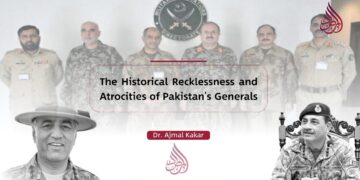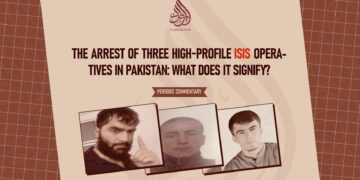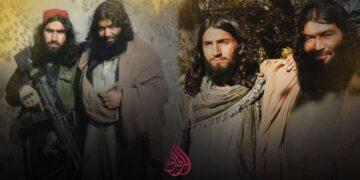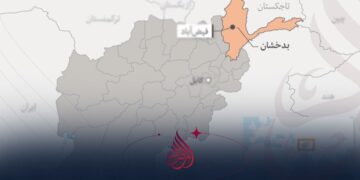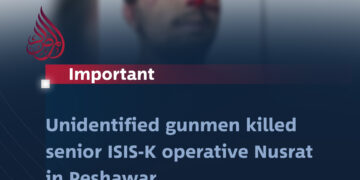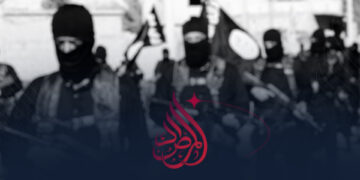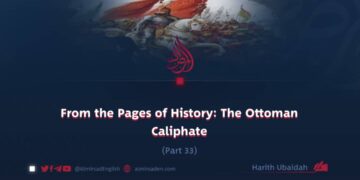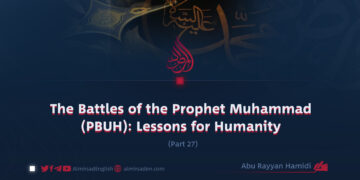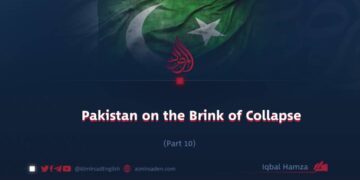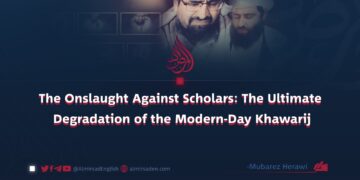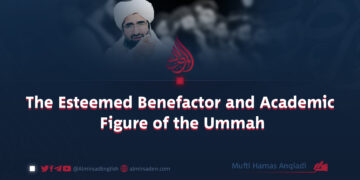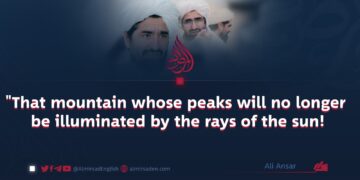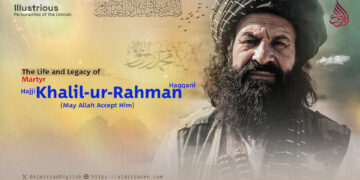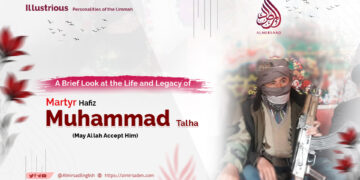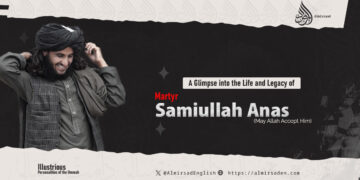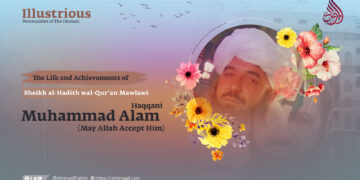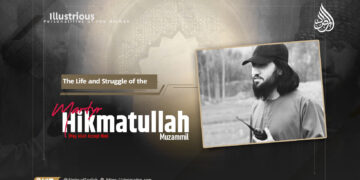Written by: Yahya Irfan
Throughout Islamic history, the Khawarij have repeatedly emerged, whether in ancient or modern times, with ideologies and actions that stand in stark contrast to the broader Muslim community.
The modern-day Khawarij, known as ISIS, have deviated from both fundamental and secondary principles of Islam since their inception. They persistently distort Islam’s universally accepted teachings, spreading confusion among Muslims and fostering doubts about the religion’s true essence.
As part of this destructive agenda, ISIS has committed numerous heinous acts, including labeling sacred sites as symbols of disbelief and idolatry. In Iraq, they have demolished the graves of numerous Prophets (peace be upon them) and many Companions (may Allah be pleased with them). Globally, they have targeted and destroyed the graves of pious Muslims, disrupting communities and erasing Islamic heritage.
When ISIS infiltrated the Khyber Pakhtunkhwa region, one of their first actions was to demolish the graves of the renowned Pashto Sufi poet Abdul Rahman Baba and other righteous individuals. This act generated widespread mistrust within the Muslim community, tarnishing the reputation of many Islamic organizations.
ISIS’s objective behind such actions is to portray Islam as a religion of extremism and misinterpretation, despite their false claims of representing true Islam. Consequently, their actions have provoked strong resentment among Muslims, as they seek to make Islam appear misguided and contentious.
In various regions, ISIS has destroyed ancient mosques, labeling them—Allah forbid—as places of idolatry. Under this false pretense, they have demolished numerous sacred structures.
According to the book Islamic State: The Digital Caliphate, it is noted: “ISIS loots valuable items from shrines and graves, then destroys them, considering these items as war booty.” (p. 42)
Some ISIS members have reportedly declared that if they gain control over Saudi Arabia, they will destroy sacred sites in Makkah and Madinah.
This disturbing prospect raises concerns that ISIS may even consider the Kaaba itself a target for destruction, perceiving it as a supposed symbol of idolatry or disbelief. Their ultimate objective may be the annihilation of the Kaaba, which serves as the Qibla for Muslims worldwide.
By eliminating Islamic symbols, ISIS aims to sever the ties that unite Muslims. Sacred sites play a crucial role in fostering unity among the global Muslim community, serving as centers of religious significance, scholarly discourse, and the defense of Islam.
However, ISIS fundamentally exists as a project designed to sow discord among Muslims. Their mission to destroy sacred sites is part of a broader scheme to divide the Muslim Ummah, all under the deceptive guise of serving Islam.

